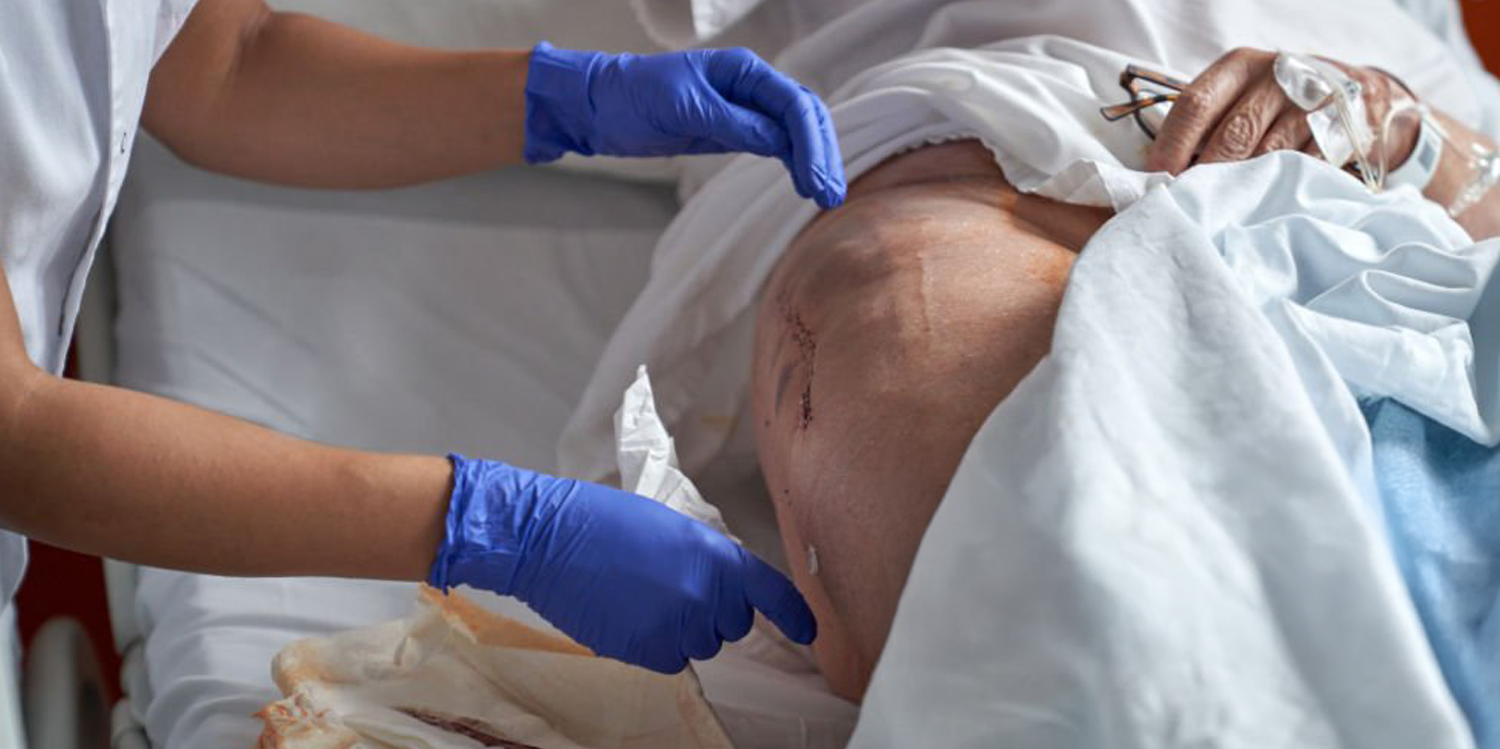 Wounds Australia has launched an advocacy campaign to increase awareness around the dangers of chronic wounds and the important of seeking healthcare to mitigate potentially devastating impacts.
Wounds Australia has launched an advocacy campaign to increase awareness around the dangers of chronic wounds and the important of seeking healthcare to mitigate potentially devastating impacts.
The campaign has been prompted by research that the national peak body for chronic wound advocacy, education and awareness, has said identified “alarming trends in how Australians manage chronic wounds.”
The Australian Consumer Insights into Wound Care report 2024 turned the lens to how people identify patterns of a chronic wound and their approaches to navigating timely, adequate care.
While 73% of respondents said a GP would be their first point of assistance for a wound, the report found wound management was often side-lined in the community due to pre-conceived perceptions.
RELATED: Pressure off wounds – new guidance for health practitioners
Half of all respondents did not identify a ‘recurring wound’ as a ‘chronic health concern’ and 25% of respondents said they would wait a week or more before initiating contact with a healthcare professional for problematic wound.
Wounds Australia CEO, Jeff Antcliff, said this research project was the first step in a focused program of activity aiming to educate and engage consumer groups to proactively prevent and manage chronic wounds, in partnership with their healthcare providers.
“Understanding how to identify a chronic wound is vitally important and the first step towards accessing appropriate treatment in a window of time that can help to mitigate the potentially devastating impacts of a chronic wound,” he said.
Wounds Australia board member and registered nurse Robyn Rayner said wound care management was a team effort and chronic wounds in particular needed special care.
“The most vital role for clinicians – nurses, doctors, specialists – is to understand the clinical needs, knowledge and self-care capabilities of the patient in front of them, partner with them in their own care, and ensure they have adequate support and treatment,” she said.
“Chronic wounds can result from a complex interplay of factors that includes but not limited to ageing, poor circulation, impaired immune system, infection, chronic inflammation, inadequate or inappropriate nutrition, inappropriate treatment or stress.”
Ms Rayner said as part of the campaign, Wounds Australia was advising healthcare professionals to take time to identify signs of a chronic wound.
She said they should be considering whether a wound was taking longer than a month to heal, if it was hot and painful or malodorous and highly exudating.
“All these observations are particularly vital in places like WA where the distance to accessing care can be significant and we support a high percentage of at-risk populations,” she said.
Want more news, clinicals, features and guest columns delivered straight to you? Subscribe for free to WA’s only independent magazine for medical practitioners.
Want to submit an article? Email editor@mforum.com.au

